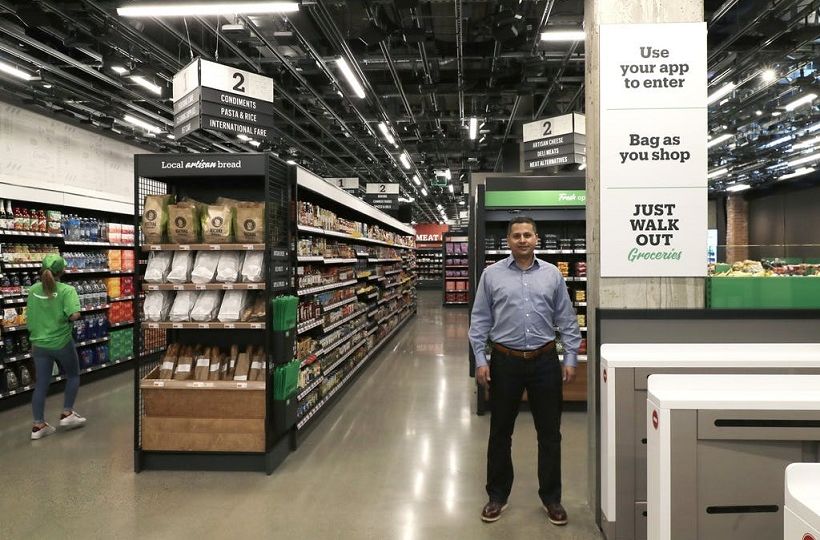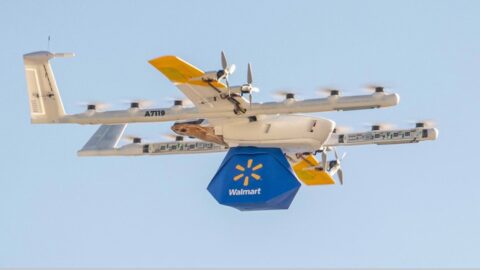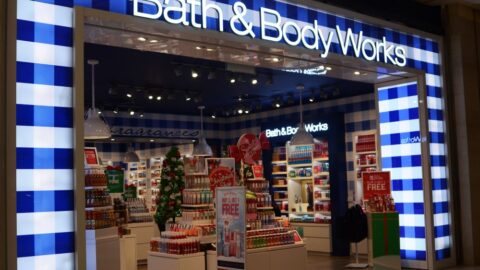Photo credit: Ted Warren, Associated Press
Amazon has opened a 10,400-square-foot grocery store that incorporates the Amazon Go cashierless “Just Walk Out” technology. The store is stocked with approximately 5,000 items, including fresh produce, dairy, meats, packaged seafood and household goods. Located in Seattle, the store is still smaller than the typical 30,000- to 40,000-square-foot U.S. supermarket, but it’s much larger than an average Amazon Go convenience store, which range in size from 450 to 2,700 square feet.
The grocery store joins the 25 Go convenience stores in locations including Seattle, Chicago, New York and San Francisco. While these stores cater to on-the-go shoppers looking for a convenient lunch or snack, the grocery store is designed to stock shoppers’ residential kitchen cabinets and help them prepare full meals. The store will not serve as a grocery delivery hub despite the growth in online grocery shopping, Amazon Go VP Dilip Kumar told various publications, including The Wall Street Journal and The Verge. Given that grocery is an $800 billion market in the U.S., according to Nielsen, this larger store represents Amazon finally fully capitalizing on several big opportunities in this vertical.
“Amazon’s grocery ambitions are about more than selling peaches and milk, it’s about learning more about a cohort it doesn’t know a lot about now; the non-Prime member,” said Jon Reily, Head of Global Commerce Strategy at Publicis Sapient in prior commentary provided to Retail TouchPoints. “By moving out of its traditional swim lanes, Amazon stands to gain boatloads of valuable marketing data which will not only help its e-Commerce business, but its quickly growing advertising empire as well.”
By operating in a larger grocery store, the Go technology will help capture more expansive data than could be gathered at a smaller convenience store. Shoppers enter the store through turnstiles that scan a smartphone QR code. After grabbing the items they want, shoppers can leave and have the items charged to their Amazon account without taking out their phone again or having to check out. Hundreds of ceiling cameras throughout the store monitor the shoppers’ “interactions” with the product, know exactly what is being taken off and put back on the shelves, and collect data on how long the shopper browsed every aisle.
While some items in the store, mainly in the produce department, are sourced from Amazon-owned Whole Foods providers, the Amazon Go store is meant to complement Whole Foods rather than replace it, Amazon Physical Stores VP Cameron Janes told CNBC. Both national brands and Amazon’s private label brands will be sold throughout the store.
Amazon reportedly had been forecasting that annual revenue from all Amazon Go stores would skyrocket from $28 million in 2018 (when it launched the first Go store) to upwards of $639 million in 2020, according to The Information. But Amazon hasn’t opened as many Go stores as it had initially anticipated, and operating losses have continued to increase, the report said.
Amazon also is preparing to open a store in the Woodland Hills neighborhood of Los Angeles at some point in 2020, without its Go technology and not under the Whole Foods banner. Details about this new banner remain unclear, but Amazon already has signed a dozen leases in the Los Angeles area alone, with locations near Chicago, Philadelphia, Seattle and Washington D.C. expected to open as well.













